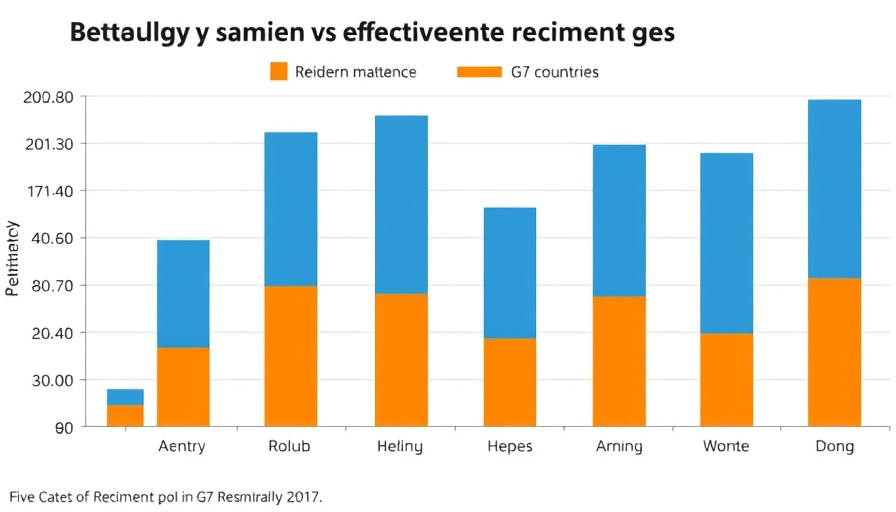
The Future of Overtime Regulations: What Employers Need to Know
The ongoing saga surrounding the overtime rule in the United States continues to unfold, leaving employers on edge as they await decisive regulatory actions. The latest updates reveal that federal regulators are reevaluating the salary threshold necessary for employees to qualify as exempt, a fundamental aspect that determines overtime eligibility under the Fair Labor Standards Act (FLSA).
Understanding the Tensions Behind Overtime Changes
In 2024, the Biden administration's Department of Labor (DOL) proposed significant increases to the salary threshold for exempt employees, aiming to adjust rates that had remained static since 2019. The increase, designed to elevate the threshold to $43,888 and potentially to $58,656 annually in two phases, faced substantial pushback from business groups, culminating in legal challenges that claim the DOL exceeded its authority.
These adjustments were abruptly halted following the shift of power back to the Trump administration in early 2025, which favors a pro-business stance. The DOL’s recent filing to hold appeals in abeyance has added another layer of uncertainty for employers navigating talent management and employee performance considerations.
The Importance of Compliance: Duties Test Remains Unchanged
While the salary level test is in flux, it is essential for HR leaders and operational executives to remember that the duties test remains a critical compliance metric. Under the FLSA’s learned professional exemption, the primary duty of an employee must involve advanced knowledge, reflecting the intellectual nature of their work.
Understanding these criteria is imperative for avoiding costly penalties and maintaining a high-performance culture within organizations. Companies committed to people-first leadership must ensure staff are correctly classified under federal regulations while also prioritizing employee engagement and development.
Preparing for Impending Changes in Workforce Strategy
As the window opens for potential changes in the overtime regulations, organizational leaders must strategize on how to adapt their workforce optimization tactics. Leveraging HR metrics can provide insights into current compensation structures, guiding decisions related to succession planning and talent management.
Developing a proactive approach to employee retention strategies can also enhance engagement and create a culture that attracts top-tier talent, fostering an environment where operational goals and employee satisfaction intersect smoothly.
Final Insights: Stay Updated and Engage
As the future of overtime regulations remains in limbo, continuous vigilance and adaptability will be crucial for HR executives and other stakeholders. Engaging with the latest policy changes can ensure compliance and secure a competitive edge in cultivating a productive workplace. For more tailored resources aimed at improving your HR strategies, stay connected and explore available training and insights that empower your organizational growth.
 Add Row
Add Row  Add
Add 




Write A Comment